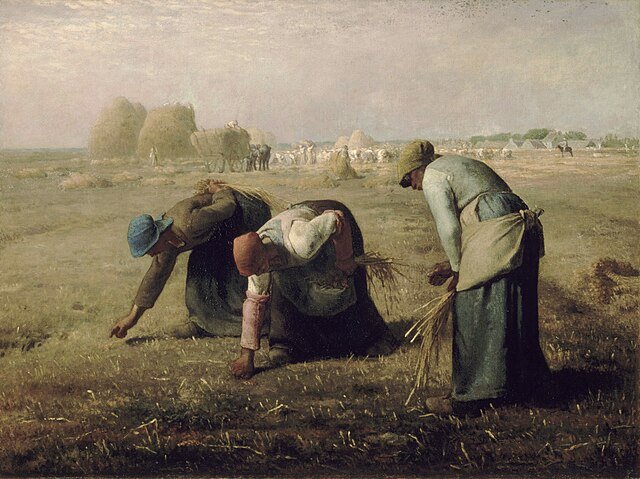In a small courtroom in Hamm, Germany, Saúl Luciano Lliuya, a 44-year-old Peruvian farmer and mountain guide, stood tall but weary after a decade-long battle against German energy giant RWE. On May 28, the Higher Regional Court ruled against his landmark climate lawsuit, crushing his hope of holding RWE accountable for the melting glaciers threatening his hometown of Huaraz with catastrophic floods. Yet, even in defeat, Lliuya’s case has carved a path for future climate justice, proving one person’s fight can ripple across the globe. Here’s the story of his courage, the court’s decision, and what it means for those facing climate change’s wrath.
Lliuya’s fight began in 2015, when he sued RWE, one of Europe’s biggest polluters, for €17,000 ($18,400)—a fraction of the $3.5 million needed for flood defenses to protect Huaraz from Lake Palcacocha, swollen fourfold since 2003 by melting glaciers. Living below the Palcaraju glacier, Lliuya saw the climate crisis firsthand: rising temperatures turning ice to water, threatening 50,000 residents with a potential deluge. “The mountains give us life, but now they’re a danger,” he said outside the courthouse, his Quechua accent carrying the weight of his Andean roots. Backed by the NGO Germanwatch, he argued RWE’s 0.5% share of global emissions since the Industrial Revolution made it partly responsible, citing a 2013 Carbon Majors database.
The court’s ruling was a gut punch. Judges found the flood risk to Lliuya’s home wasn’t “sufficiently high”—pegged at 3% over 30 years by a 2023 expert report—to justify RWE’s liability. The decision, final with no appeal allowed, ended Lliuya’s 10-year quest. RWE, which never operated in Peru, called the lawsuit “inadmissible,” arguing climate change is a global issue, not their sole burden. “If one company’s liable, why not every driver?” their lawyers quipped, pointing to plans for carbon neutrality by 2040. But Lliuya’s lawyer, Roda Verheyen, saw a silver lining: “The court confirmed major emitters can be held liable under German civil law for climate risks. That’s historic.”
Read also : Dolly Parton’s New Frozen Meals
For Lliuya, it’s personal. Huaraz isn’t just home—it’s where his family grows corn and potatoes, where he guides tourists past shrinking glaciers. Memories of a 1941 flood that killed 1,800 haunt the region; a 1970 landslide claimed 25,000. “We’ve done nothing to cause this, but we’re paying the price,” he told supporters, his voice steady despite the loss. The case, delayed by COVID and a grueling 2022 site visit requiring donkeys to reach Palcacocha, was a marathon. German judges saw the lake’s threat but ruled it wasn’t imminent enough. Still, Germanwatch hailed the case as a “trampoline” for future lawsuits, with 43 climate-damage cases ongoing worldwide.
The ruling stings for folks like Maria Vargas, a Huaraz neighbor who fears for her kids. “Saúl fought for us all, but what now?” she asked, eyeing the glacier above. Critics say the court dodged the bigger issue: why should Global South communities bear the cost of Northern polluters’ emissions? RWE’s coal plants, responsible for 0.47% of post-Industrial emissions, churned out profits while Huaraz faced peril. Yet, the court’s nod to potential liability offers hope. “This could inspire cases elsewhere,” said Noah Walker-Crawford, a researcher advising Lliuya.
Lliuya’s defeat isn’t the end. His case, born in Essen and revived by a 2017 appeal, forced the world to listen. “I’m tired, but I’d do it again,” he said, vowing to keep fighting. For updates, check Germanwatch’s site or Peru’s climate advocacy pages. As glaciers melt and lakes swell, Lliuya’s stand reminds us: one farmer’s voice can echo far, demanding justice in a warming world.
Read also : French Surgeon’s 20-Year Sentence





